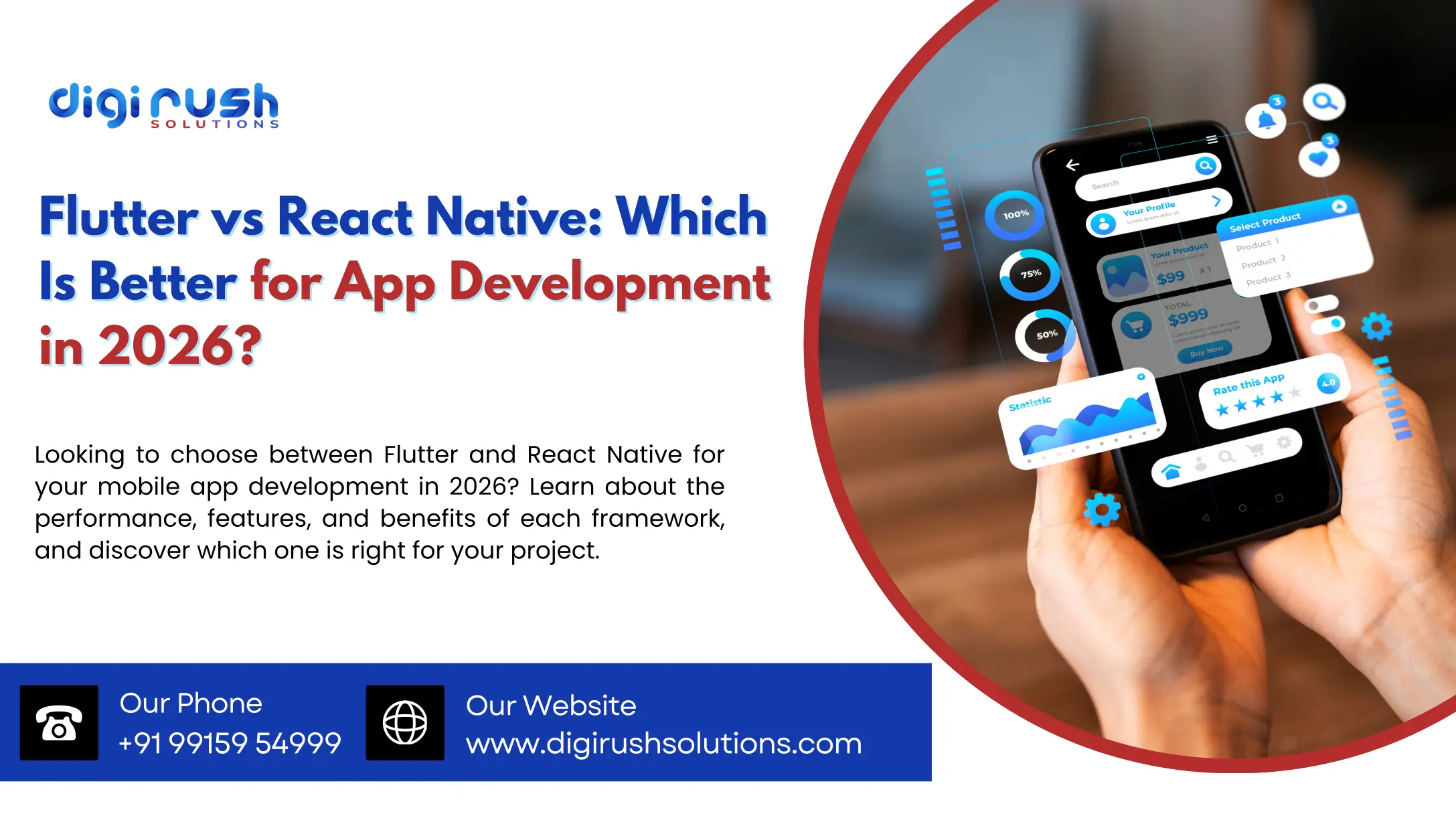
Redesigning a website is exciting, but it's also a moment where your organic rankings are most at risk. Years of SEO efforts can vanish overnight if proper precautions aren't taken. The ultimate goal should be to protect SEO during website redesign while giving your Site a modern and performance-driven look.
A successful redesign doesn't just focus on visuals; it ensures your SEO, content, and user experience remain strong. This detailed guide explains how to maintain SEO during redesign and follow SEO migration best practices effectively.
Why SEO Protection Is Crucial During a Redesign
When a website undergoes a redesign, you're changing key elements like structure, URLs, navigation, and content layout. Search engines use these signals to understand your website. If any of them are lost or changed incorrectly, your SEO visibility can drop sharply.
Without a website redesign SEO checklist, common risks include:
- Loss of indexed pages and backlinks
- Keyword ranking drops
- Broken internal links
- Reduced crawlability
- Traffic decline
Redesigning your website is about balancing creativity and strategy. At Digi Rush Solutions, we integrate SEO strategies right from the wireframe stage to ensure our clients preserve SEO in website redesign projects effectively.
Step 1: Audit Your Existing Website
Before touching a single design element, run a comprehensive audit. This gives you a snapshot of what's working and what needs improvement. Use tools like Google Analytics and Search Console to gather data about:
- Top-performing pages
- Keyword rankings
- Backlink sources
- Indexed URLs
- Metadata and structured data
This audit will help you identify which areas drive organic traffic so you can prevent SEO loss during redesign. Keep backups of all URLs, meta tags, and content. These will serve as your reference points during migration.
Step 2: Plan the Redesign Strategically
A redesign isn't just about new visuals; it's about aligning design with SEO goals. Collaborate closely between your SEO and design teams. Whether you're working with a responsive web design agency or managing the project in-house, ensure SEO remains a constant consideration throughout.
- Maintain a logical URL structure
- Use responsive, SEO-friendly templates
- Optimize navigation for both users and bots
- Keep essential content sections in visible locations
If your redesign involves rebranding or platform migration (for instance, moving to Shopify), following SEO migration best practices will help keep your Site stable post-launch.
Step 3: Create a URL Redirection Plan
URL changes are inevitable during a redesign. Implement 301 redirects to guide users and search engines from old pages to new ones. This process transfers SEO equity and prevents traffic loss.
Keep a redirect mapping sheet that pairs old and new URLs to ensure every page is accounted for. Doing this correctly helps maintain SEO during redesign and avoids broken link errors after launch.
Step 4: Preserve Metadata and On-Page Elements
Meta titles, descriptions, header tags, and alt texts are the backbone of your on-page SEO. During redesigns, these can easily be lost if templates or CMS structures change.
To protect SEO during website redesign, ensure that all metadata is copied over or manually reinserted. Also, maintain your focus keywords and optimize newly added pages for fresh search opportunities.
If you're working with custom web design services, make sure the developer incorporates SEO-friendly structures that allow easy editing of meta content and schema data.
Step 5: Test Everything in a Staging Environment
Never push a redesign live without testing it on a staging setup. The staging Site lets you verify redirects, test SEO tags, and inspect load times before launch.
Your testing checklist should include:
- URL redirects verification
- Checking canonical tags and sitemaps
- Ensuring mobile responsiveness
- Reviewing navigation and internal linking
Testing ensures you can preserve SEO in a website redesign before users or crawlers interact with the new Site.
Step 6: Strengthen Technical SEO Foundations
A website redesign is an opportunity to fix any underlying technical SEO issues. To maintain SEO during redesign, focus on:
- Fast page loading speed
- Clean and optimized code
- HTTPS implementation
- XML sitemap updates
- Robots.txt accuracy
Also, consider improving Site performance by collaborating with a responsive web design agency that prioritizes Core Web Vitals and mobile usability, both of which are critical ranking factors.
Step 7: Maintain a Strong Internal Linking Structure
Internal links help distribute authority and guide visitors across your website. During a redesign, they can easily break or become outdated.
Before migration, crawl your website and ensure internal links point to the correct destinations. After launch, verify that no broken links remain. This structure helps prevent SEO loss during redesign and supports better indexing of your pages.
When working with an ecommerce web design company, ensure product pages and category pages maintain consistent linking, as eCommerce sites depend heavily on structured internal navigation.
Step 8: Protect and Preserve Content
Content carries your ranking power. Avoid removing high-performing pages or drastically altering keyword-optimized text.
Instead of deleting, refresh or merge content carefully while maintaining topic relevance. Your existing articles, landing pages, and blogs help protect SEO during website redesign by preserving authority and engagement metrics.
If you're planning to move your content to a new CMS or platform (like using Shopify web design services), ensure URLs, metadata, and schema are correctly imported to avoid duplication or loss.
Step 9: Monitor and Measure Post-Launch Performance
Once the redesigned Site goes live, monitor it closely. For at least 30 days post-launch, track:
- Organic traffic
- Ranking changes
- Crawl errors
- 404 pages
- Bounce rates
Submit your updated XML sitemap to Google Search Console and monitor for indexing issues. Continuous monitoring helps maintain SEO during redesign and spot problems early before they affect performance.
Step 10: Keep Building Authority After Redesign
The work doesn't stop once your Site is live. Continue updating content, building backlinks, and improving UX. Fresh blogs, landing pages, and case studies attract traffic and strengthen brand authority.
Whether your Site is an online store handled by an ecommerce web design company or a corporate portal crafted with custom web design services, ongoing optimization ensures long-term growth.
At Digi Rush Solutions, our design and SEO teams work hand-in-hand to help clients protect SEO during website redesign while elevating their brand image and usability.
Step 11: Avoid Common SEO Mistakes During Redesign
Many businesses unintentionally hurt their rankings by:
- Ignoring 301 redirects
- Forgetting to update XML sitemaps
- Deleting old pages without replacements
- Changing content URLs randomly
- Launching without SEO QA testing
Avoiding these pitfalls is part of the website redesign SEO checklist and essential for preserving authority across pages.
Step 12: Follow a Long-Term SEO Strategy
A redesign gives your business a clean slate to improve, but sustaining SEO requires long-term attention. Keep monitoring analytics, optimizing speed, and revisiting keyword strategies every few months.
Remember: redesigns are short-term projects; SEO is a continuous effort. Consistency in both ensures your website performs beautifully and ranks powerfully.
Final Thoughts
A website redesign done right can elevate brand perception, improve usability, and strengthen your online presence without losing hard-earned rankings—the secret lies in combining creativity with SEO discipline.
From pre-launch audits to post-launch tracking, every step contributes to protecting SEO during website redesign. Partnering with professionals who understand both design and SEO,like Digi Rush Solutions, ensures your transition is smooth, optimized, and future-ready.
Whether you're collaborating with a responsive web design agency, upgrading through Shopify web design services, or rebuilding your brand using custom web design services, following SEO migration best practices guarantees your Site retains its visibility and continues to perform better than ever.
Recent Blog







